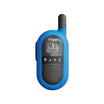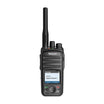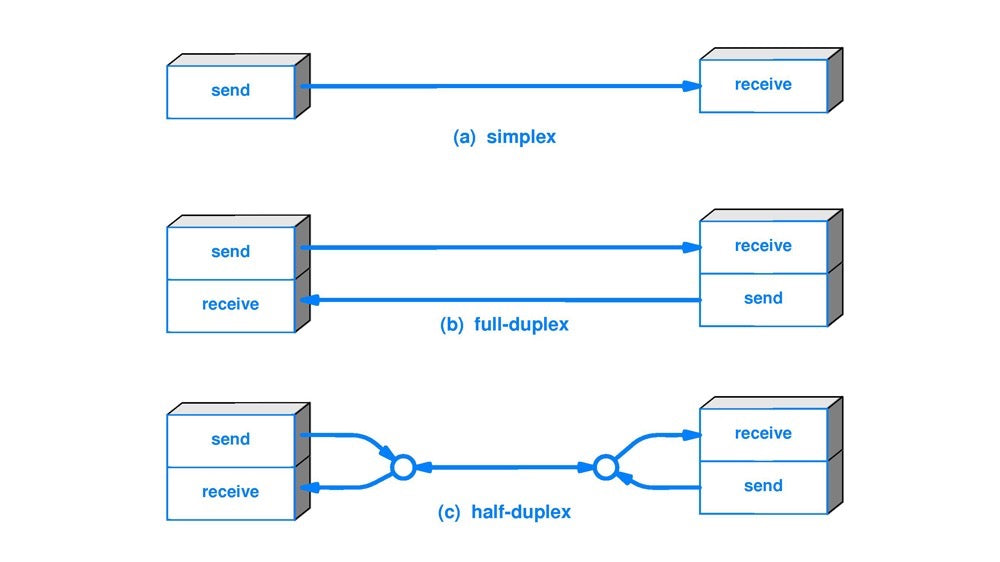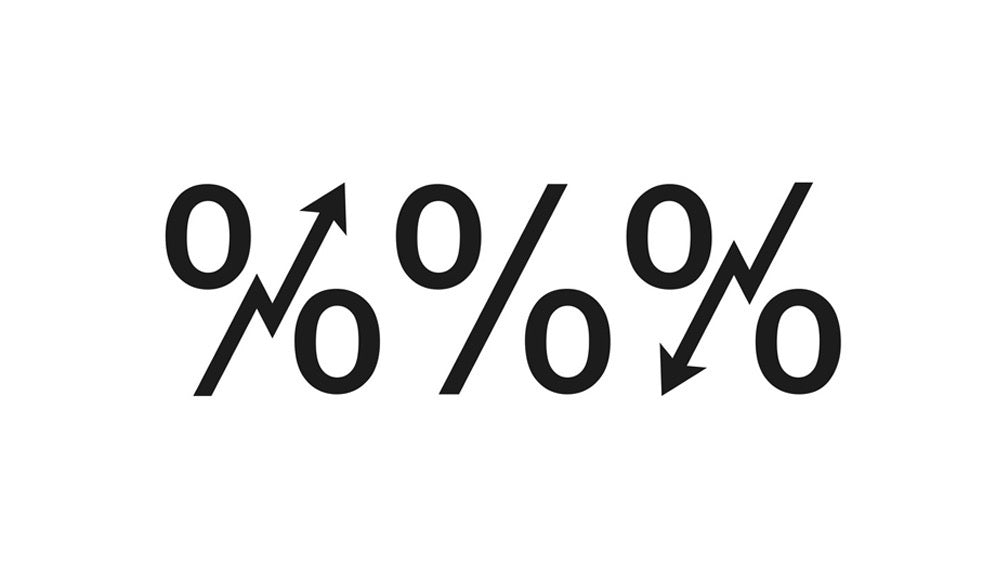Simplex communication, often encountered in radio broadcasting, represents a one-directional flow of data, akin to a one-way street where messages travel in a single direction. This blog post delves into the concept of simplex communication, illustrating its relevance and application, particularly in the context of TV broadcasting.
Unidirectional Flow: The Essence of Simplex
At its core, simplex communication is defined by its unidirectional nature. Unlike duplex systems, which allow for two-way data exchange, simplex channels ensure that information is transmitted in only one direction. This method is prevalent in scenarios where feedback or response is not required.
Simplex in Action: TV Broadcasting
Television broadcasting is a quintessential example of simplex communication. Here, the television station transmits signals (the data) directly to your TV set. This one-way transmission allows viewers to receive information without sending any data back to the station. The process is straightforward and efficient, focusing solely on the delivery of content to the audience.
The Advantages of Simplex
Simplex systems are valued for their simplicity and reliability. In environments where only information dissemination is needed, simplex offers a straightforward solution that avoids the complexity of managing two-way communication channels. Its efficiency lies in its ability to consistently deliver messages without the need for response mechanisms.
Conclusion
Simplex communication, epitomized by traditional TV broadcasting, serves as a fundamental concept in the telecommunications field, especially in applications where only one-way communication is necessary. It stands as a testament to the efficiency and simplicity of delivering information to a wide audience without the need for interaction.











































